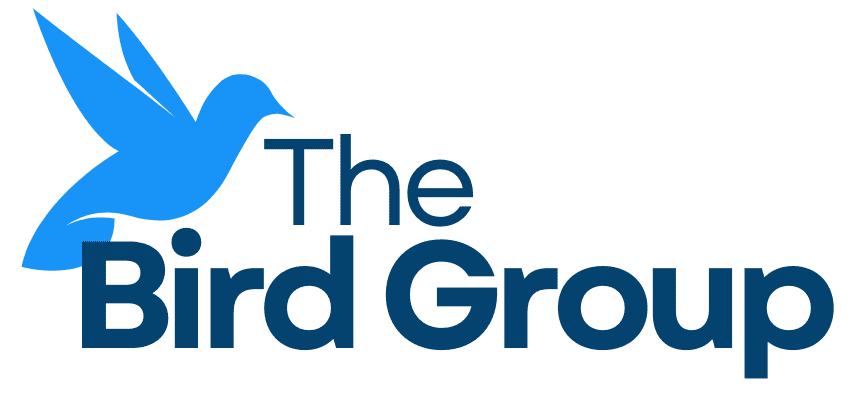Customer Experience has become a term of art in our business, as well as in many others. Banks have whole departments and senior executives dedicated to perfecting that experience from inception, the first time a prospect contacts the bank through any channel, until the relationship’s conclusion, hopefully, many years later.
Banks have spent billions of dollars on Customer Experience, largely on technology, in an effort to reduce friction points and make all bank interactions easier. This mantra, which dominates the world of technology, is worthwhile. However, for you, my readers, it is not enough.
Community banks, even the largest of them, cannot outspend their largest brethren—not in absolute dollars, nor proportionately as a percent of total technology spend. Legacy differentiation (a.k.a. customization) assures that a disproportionate percentage of tech spend goes to keeping the wheels turning and maintaining customized systems. That trend continues even today, as many of us believe that system customization is the secret to the unique experiences that anyone but the largest banks offers. It is our competitive advantage.
Tech customization, coupled with OUR definition of service (which is mainly people-driven, as most of us equate personal touch with high service quality), is our secret sauce that far bigger banks can’t duplicate.
This definition might have been valid in the past but is questionable in most markets today. Interacting with humans isn’t perceived as the height of service for many of our customers, no matter where you’re located. People should still be our competitive advantage, especially since we can indeed out-people any of our competitors regardless of size. But our customers’ expectations of our people have changed. They are looking for that value-add we have discussed for at least a decade. Many of them (admittedly not all) prefer to use technology for routine transactions. When they seek advice, want a familiar face they trust, and look for problem resolution, our people can be a true differentiator.
Our customers, borrowers and depositors alike, value three factors above all in their financial institution:
O Long-term relationships
O Trust (looking out for the customer’s interests)
O Ease of doing business
All three are heavily impacted by our people and enabled by effective technology deployment. As you reflect on it, these expectations exist in any customer/vendor relationship. We gravitate to certain actors because we like their persona and because their product is reliable and predictable, which provides value for the price (think Jason Statham, Tom Cruise, Meryl Streep, etc.). Even tech giants such as Amazon operate on maximizing these three factors (Prime membership to enhance relationship tenure and sense of belonging, relentless removal of friction points, and pricing and quality track records that build and reinforce trust).
Across all bank divisions, these same three factors prevail as customers seek our advice and help. Our ability to differentiate ourselves to yield long-term highly satisfied customers depends on our people’s effectiveness in delivering on these expectations. As you consider your service differentiation model, here are some central elements that could be integrated into every customer interaction with the bank, with the highest emphasis on people interaction.
1. Responsiveness. Timeliness counts! This implies that our customers are important to us (which is true).
2. Knowledge. Professional knowledge that can help the customer make important decisions in their financial life, whether it’s a commercial borrower, a wealth client, or a mass market customer, makes all the difference. At the core, they all want to know their borrowing capacity, how the bank can help them achieve their financial goals/strategy, and what others similarly situated are doing to achieve those goals.
3. Facilitating doing business across the bank (the quarterback). A customer doesn’t need to know everyone at the bank. They only need their banker to know the full range of the bank’s capabilities and resources. It is incumbent on the banker to play quarterback and bring the entire bank to bear to meet the full range of customer needs.
4. Value-add analytics and data. As an industry, we know more about our customers’ financial condition than anyone else. We have excellent peer data to tell them where you see opportunities learned from peers and competitors alike. Our information is precious to our customers. We can share it for their benefit without much incremental cost.
5. Banker visibility and frequency of value-add contact. Having a banker is like having a doctor or a dentist. You don’t want to see them every day, but when you need them, you absolutely want them to be available. It is our job to proactively reach out to customers so that they can comfortably access us when they choose to do so. Our very accessibility creates a sense of well-being for our clients.
6. Value-add analytics and data. As an industry, we know more about our customers’ financial condition than nearly anyone else. Understanding the customer and their circumstances/industry. Listening is a tough but important skill for all service people to have. It’s the only way we can understand the perceived customer need and then collaboratively address it. Our training needs to emphasize the development of such skills for everyone’s benefit – the customer, the banker and the bank.
All community banks cite “service” as their main differentiator. Few spell that differentiator out to their own people or their customers. It is core to their “go to market” strategy, but it is largely undifferentiated Just look at your customer satisfaction surveys. They are way too similar…
Service CAN be your differentiator, and for most of us should be as well. We need to become better at defining it mon the customer’s terms vs. our own, and then delivering with precision and effectiveness to all our customer segments.
